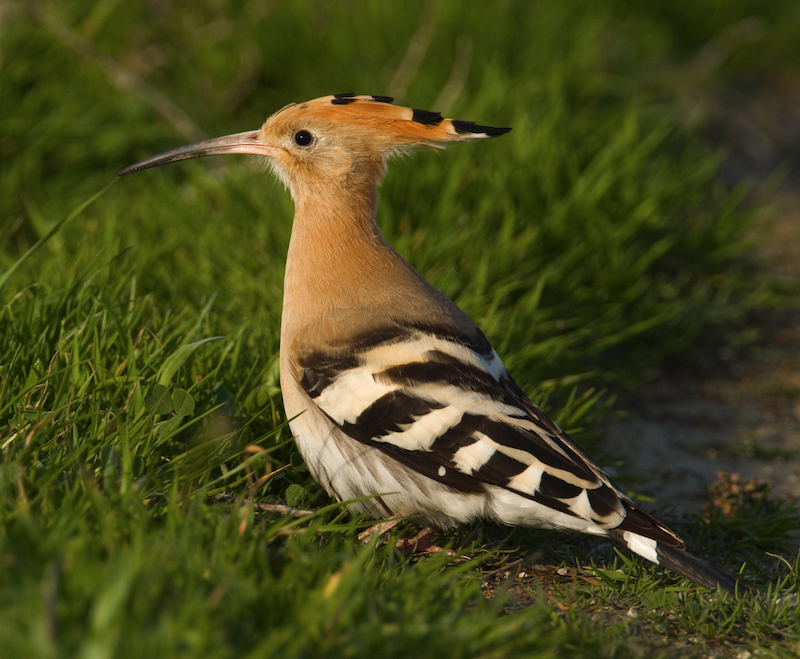
Just a look at the map of Greece gives a rough idea of the diversity of its fauna and flora. Such as 6,600 flora species and subspecies with a whopping 15% of endemics, Greece is the European destination for botanists.
Greece also has 116 mammals, the most for a European country given its size and as one its many attractions more Brown Bears than any other southern European country.
The geographical location and the variety of habitat types determine its rich bird life. The mainland is characterised by high mountains and very rugged relief alternating with small valleys and farmland.
Freshwater lakes and coastal lagoons form an important network of wetlands. And of course, the island archipelagos; more than 2,000 islands, some big, like Crete, some small rocky islets, are the home of nesting seabirds and Eleonora’s Falcons.
Greece has 196 Important Bird Areas (IBA). Highly threatened species breed here such as Dalmatian Pelican, Ferruginous Duck, Lesser Kestrel, Audouin’s Gull,
Pygmy Cormorant, Black Vulture, Lammergeyer and Cinereous Bunting. During the winter species like White-headed Duck, Red-breasted Goose and Spotted Eagle frequent the IBA wetlands.
Foreign birders, mainly originating from western and northern Europe, mainly seek species of southern and/or eastern European distribution and find it easy to locate birds like Ruddy Shelduck, Long-legged Buzzard, Levant Sparrowhawk, Rock Partridge, Chukar, Roller, Short-toed and Calandra Larks, Red-rumped Swallow, Black-eared Wheatear, Orphean, Sardinian, Rüppell’s, Olivaceous and Olive-tree Warblers, Rock and Krüper’s Nuthatches, Lesser Grey and Masked Shrikes, Spanish Sparrow, Cretzschmar’s and Black-headed Buntings, etc.
Mammal watchers will enjoy a great variety of species including several deer.
Spring is definitely the best season to visit Greece. The birds know it and so do the birders. Wherever you go you will enjoy it. West European birders prefer places like the lakes of Mikri Prespa and Kerkini, the Dadia forest, the coastal lagoons of northeast Greece and islands like Lesvos and Crete.
The coast should not be ignored by birders or the generalist nature lover with one of the highlights being the sadly increasingly scarce Mediterranean Monk Seal.
There is no tradition of ornithology in Greece. The Hellenic Ornithological Society (HOS); the local partner of Bird Life International, was founded in 1982 but it saw a big period of growth during the 90s; its work is expanding all over the country. Although tourism is a very important source of foreign income, the State has never promoted birdwatching tourism. Organised sites with basic infrastructure for birding, are very scarce and it is rather difficult to obtain information. As a result foreign birders mainly visit the few well-promoted birding sites like Lesbos or classic mass-tourism resorts like Rhodes and Corfu. Thus they miss many important under-developed places like the lake Himaditis, the mountains of the northern borders and beautiful islands like Lemnos.
Greece is a fine place for birding and is largely unexplored.
Major Source: Fatbirder
Photo Source: Birding Ecotours
Map Source: Wiki Commons
